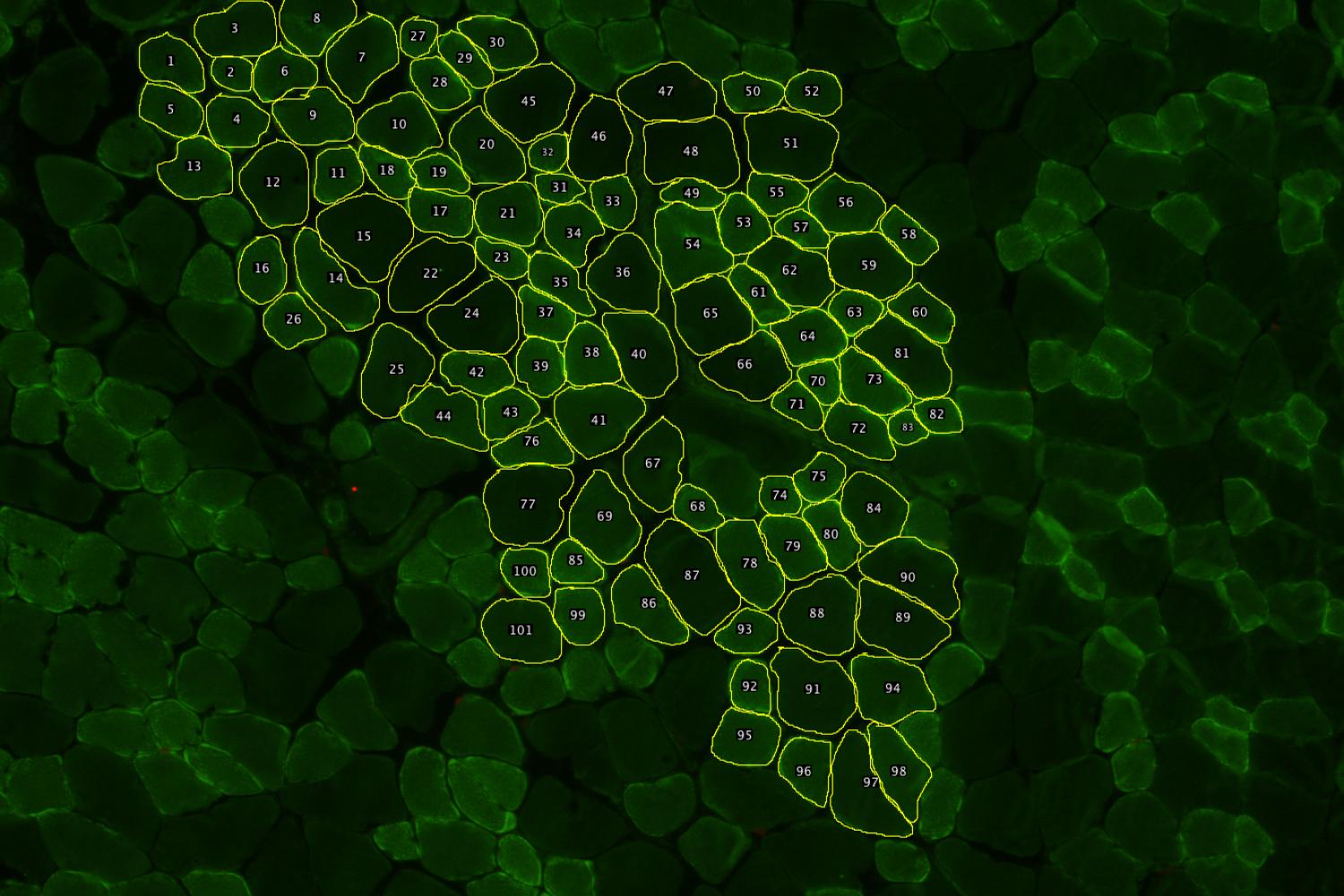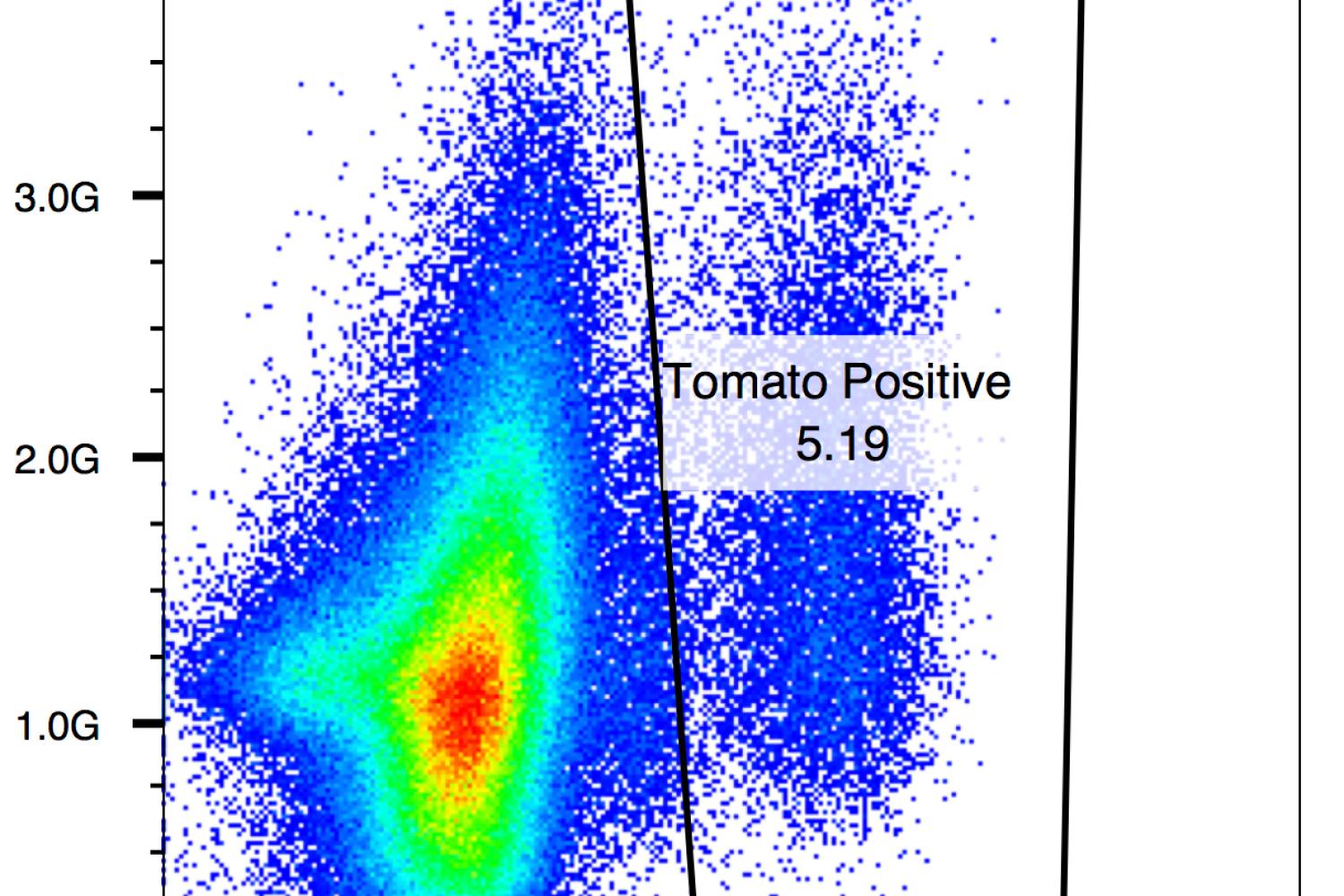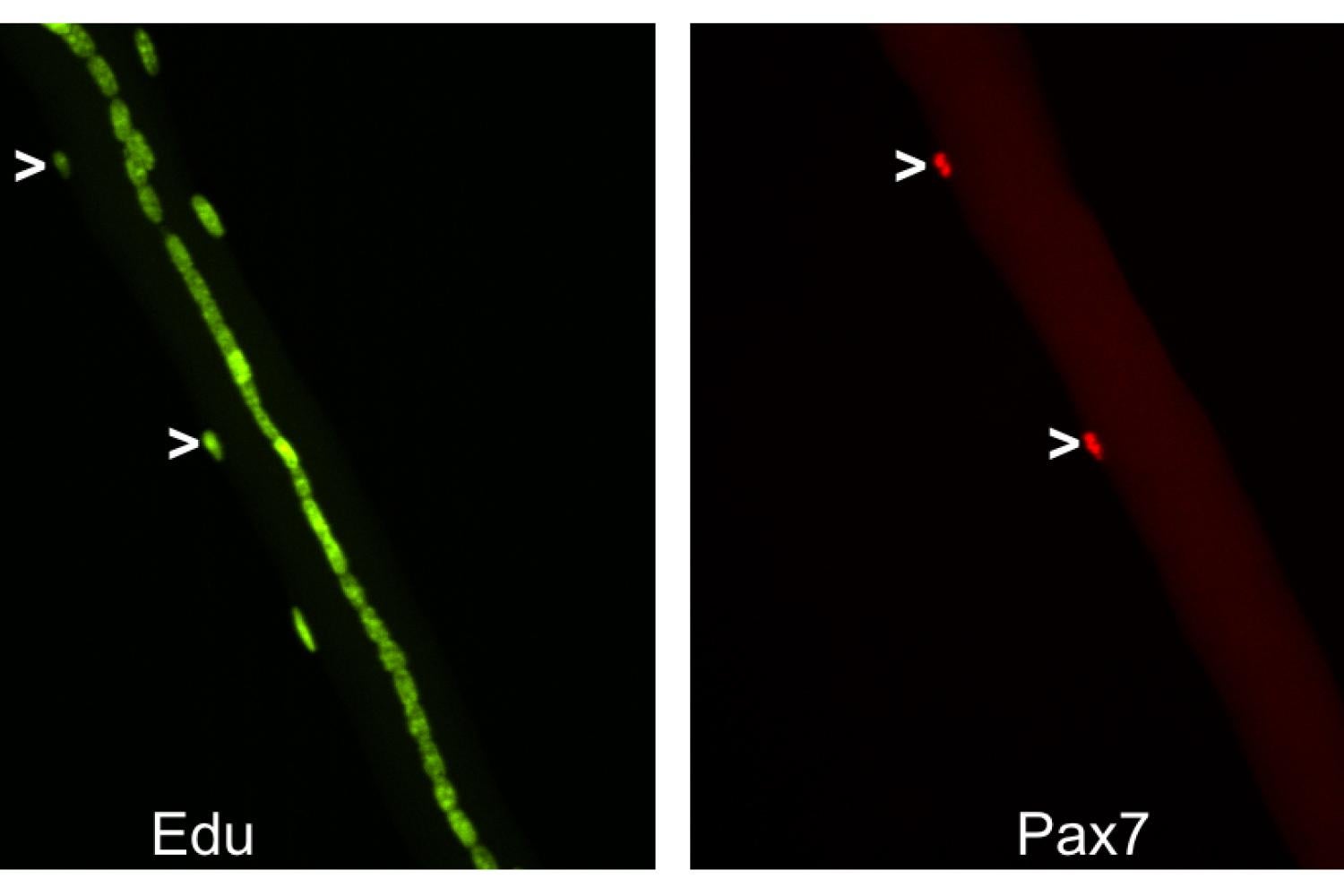Olwin Lab
Exploring Molecular Mechanisms of Muscle Stem Cell Biology
Research Interests:
Stem cell biology; regeneration; skeletal muscle regeneration and aging; skeletal muscle stem cells and gene therapy; growth factors and signal transduction; mouse molecular genetics; muscular dystrophies and neuromuscular diseases.
Research Profile:
Skeletal muscle maintenance and regeneration requires the adult skeletal muscle stem cells or satellite cells. Satellite cells are maintained until late in life when the numbers of satellite cells decline, commensurate with a decline in muscle function and mass. Following an injury satellite cells rapidly expand, repair the injury and remarkably return to pre-injury numbers. How the numbers of satellite cells are actively maintained by is an as yet unasnwered question. Our group is working to identify the controls that maintain satellite cell numbers, which requires elucidation of the signals and molecules that promote self-renewal of satellite cells. We use primarily mouse molecular genetics, cell biology, and cellular biochemistry as tools to address this unanswered question and to query why satellite cell numbers decline with aging and how neuromuscular diseases affect satellite cell function causing progressive losses of muscle function.
Our longterm goals are to understand the mechanisms regulating the growth, differentiation and self-renewal of skeletal muscle satellite cells for eventual use in cell-based gene therapy approaches.
Below is shown: 1) Cultured muscle stem cells. 2) An image of skeletal muscle in cross-section (laminin is green) 3) Flow cytometry of muscle stem cells from a from a Pax7CreERT2;LSL tdTomato mouse. 4) Myofibers isolated from a mouse fed EdU-containing water 14 days post-injury (Pax7 red, EdU green)





